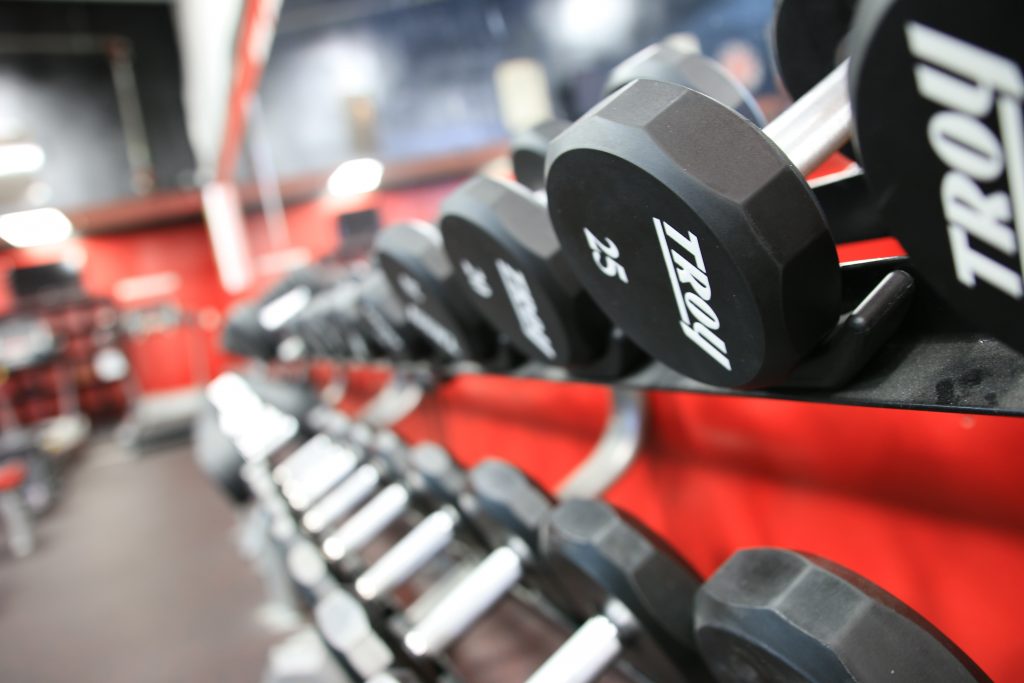Resistance Training May Boost Your Testosterone
Photo Credit: Richard R, via Unsplash.com
Middle-aged men often worry about their testosterone.
You might think that once you turn 50, your testosterone level starts to slope down. I’m glad to report that’s wrong. In fact, measurable testosterone stays level from age 50 to 99 for half of all men, according to a major study published in 2017 in the Journal of Clinical Endocrinology & Metabolism.
If you think you may be living with the effects of really low testosterone, don’t ignore them
The truth: testosterone declines with age in men who had lower than average levels throughout their adult lives. And low testosterone is a risk factor for heart disease. You’re more likely to develop heart trouble if you have low levels and are likely to die sooner.
Putting together the research in an overview, titled “Testosterone and the Heart,” published in the 2017 Methodist Debakey Cardiovascular Journal, a Houston research team concluded that testosterone medication might be safe and helpful for some heart patients.
You can also practice resistance training to temporarily boost testosterone levels for anywhere from 15 minutes to an hour. We don’t yet know how these brief boosts affect heart health, but there’s good evidence that they promote muscle mass.
One of the symptoms of declining testosterone is to put on fat and lose muscle. Any routine that builds muscle is a plus. However, it won’t be a magic fix if you have a significant problem: Men who have low-to-normal testosterone may feel more of an effect than those with less.
The Right Workout
Researchers are zeroing in on muscle-building routines that maximize spikes in testosterone. Done correctly, they should feel intense but not painful.
As reported by the American College of Sports Medicine in November, 2013, the following approach works for men at any age: two to four sets, each including eight to 15 repetitions. One key is short rests—under 2 minutes between sets. You want to use big muscle groups and more than one joint, so I suggest trying squats, or chest and shoulder presses.
You can also try five sets with three to five repetitions, and a three-minute rest between sets. To get a big testosterone boost, your next move is a 30 second rest followed by a 25-35 repetition set. Whew!
Shorter rest periods, in general, produce bigger testosterone boosts. A study by researchers at the University of Southern California in Los Angeles of active healthy volunteers between 64 and 72 years old demonstrated that shorter rest periods also led to more of an increase in muscle mass.
You can do these routines with free weights or a machine. Note that no particular minimum weight is required!
Health Is the Goal
I tell all my clients that they don’t need to look like Popeye to feel good and avoid or even reverse heart disease.
Choose the resistance that works for you. To avoid injury, you might start with less weight than you’re used to.
Build up at your own pace. Add weight slowly, and if you ever feel pain during the workout, stop. You might start with a trainer nearby. Be sure to drink alot of water and avoid overheating.
Your muscles may feel sore later in the day or the day after. You’re probably doing too much if the soreness lingers any longer.
Absolutely don’t overdo it: an injury will just set you back.
And remember that a workout isn’t a cure-all. If you think you may be living with the effects of really low testosterone, don’t ignore them. The symptoms include insomnia, aggravated sleep apnea, low sexual desire and low mood. See a doctor and don’t be embarrassed to speak up. Imagine feeling stronger, randier and better-rested—while protecting yourself against a heart risk. Doesn’t that sound worth your time?
How have you approached the symptoms of low testosterone?






